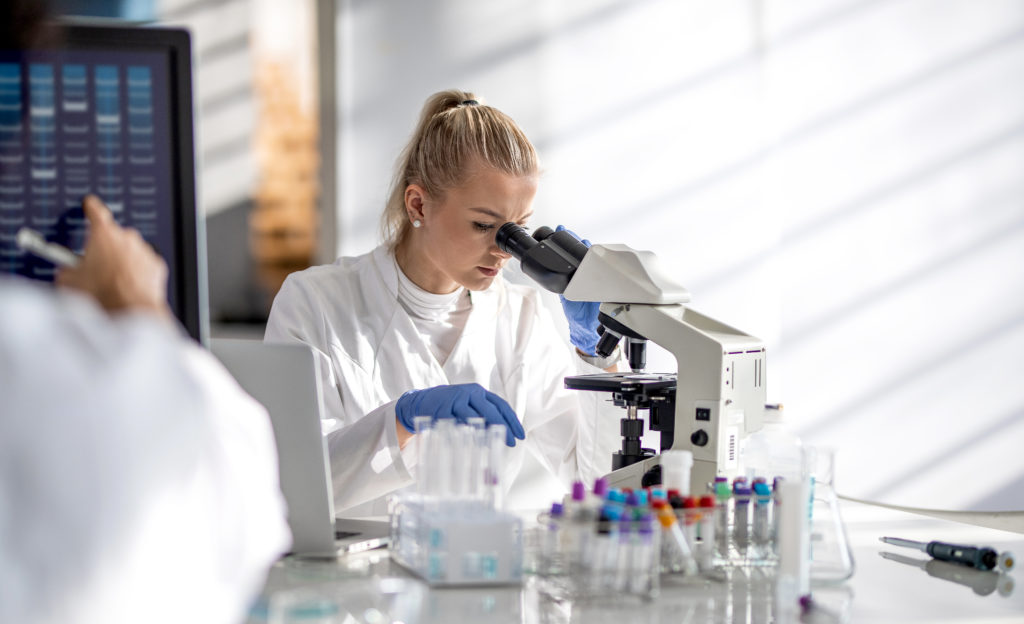Seeking to elucidate the changes in the oral mycobiome of patients with human immunodeficiency virus (HIV) infections, as well as the impact of antiretroviral therapy (ART), researchers compared samples from patients with active infections and healthy controls and found that the salivary mycobiome composition appeared to be altered by initial HIV infections, and then again after ART administration.
The report, published in Frontiers in Cellular and Infection Microbiology, stated the relationship between the salivary mycobiome and post-ART HIV infections was “complex,” with the authors suggesting that the mycobiome may mirror the overall immune state of the body.
The comparative study enrolled 30 patients with HIV infections as well as 30 healthy controls. Twenty-four of the HIV-positive patients were followed for six months during their ART administration.
Interesting, the investigators found that the salivary mycobiome in patients with HIV infections had greater diversity and richness than controls (P <0.05) After receiving ART, however, the diversity and richness of the patient’s mycobiome reduced significantly (P <0.05). Specifically, Candida, Mortierella, Malassezia, Simplicillium, and Penicillium were significantly enriched in the HIV-positive patients and decreased “dramatically” after ART. Conversely, the relative abundance of Verticillium, Issatchenkia, and Alternaria significantly increased after ART. Further analysis revealed that Mortierella, Malassezia, Simplicillium, and Chaetomium were positively correlated with viral load, while Thyrostroma and Archaeorhizomyces were positively related to CD4+ T-cell counts and negatively associated with viral load.
The study was inherently limited due to the small sample size and the incomplete fungal ribosome database. Additionally, the COVID-19 pandemic cut the planned follow-up period short.
Regardless, “all results showed that HIV infection and ART administration affected the composition of salivary mycobiome communities,” the authors stated. They recommended future studies investigate the salivary mycobiome of patients with HIV with a larger study population and longer follow-up.
Source: Frontiers in Cellular and Infection Microbiology
https://www.frontiersin.org/articles/10.3389/fcimb.2021.781246/full









